Clean-in-Place (CIP) and Wash-in-Place (WIP) systems are an essential part of hygiene maintenance and avoiding cross-contamination in pharmaceutical production. Both systems automatically clean interior surfaces of equipment, pipelines, vessels, and connected fittings without disassembly. Both systems, however, clean equipment; CIP generally refers to a completely automated system, while WIP might be partially manual.
Technical Specifications:
- Construction Materials:
Tanks and Piping: Made of high-grade stainless steel (AISI 316) to provide corrosion resistance and sanitary standards compliance.
Valves and Fittings: Constructed to be resistant to cleaning agents and high temperatures, providing durability and reliability.
- System Components:
Cleaning Solution Tanks: Usually jacketed for temperature control, with capacities of approximately 250 liters, having conical bottoms for total drainage.
Heating Elements: Electric heaters built into tanks to attain and sustain the required cleaning solution temperatures.
Dosing Pumps: Peristaltic, piston, or membrane pumps to ensure accurate dosing of cleaning chemicals.
Centrifugal Pumps: For circulation of cleaning solutions in the system, promoting turbulent flow and efficient cleaning.
Control Systems: Computerized controls with programmable logic controllers (PLCs) to control cleaning cycles, check parameters, and provide repeatability.
- Operational Parameters:
Flow Rates and Velocities: Specially designed to produce turbulent flow, which is generally at a rate of 1.5 meters per second, for efficient removal of residues.
- JBTC
Temperature Control: Cleaning solutions are brought to the best temperatures for improved cleaning efficiency.
Chemical Concentration: Accurate management of cleaning agent concentrations to eliminate residue effectively without harming equipment.
- Applications:
Equipment Cleaning: Cleaners are automated to clean reactors, mixers, blenders, tanks, and piping systems to eliminate product residues and impurities.
Process Efficiency: Decreases downtime incurred by manual cleaning, thus raising overall production efficiency.
Safety and Compliance: Guarantees standardized and verified cleaning procedures, adhering to regulatory requirements and preventing cross-contamination risks.
Installation of CIP and WIP systems in pharma manufacturing not only improves product quality and safety but also maximizes operational efficiency by minimizing labor and equipment downtime.

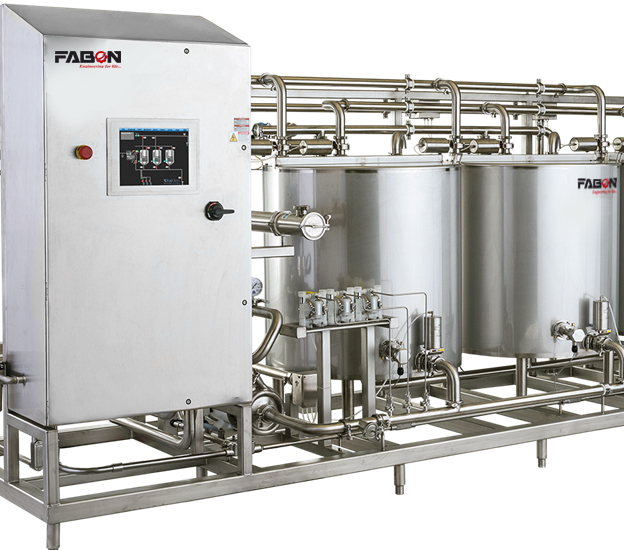
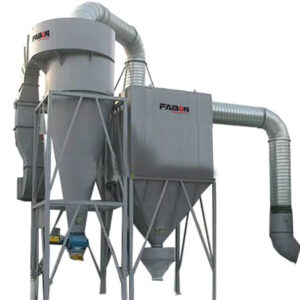
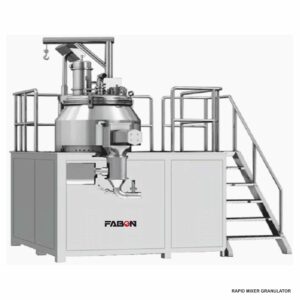
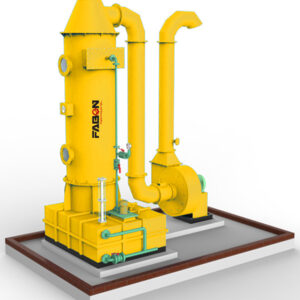
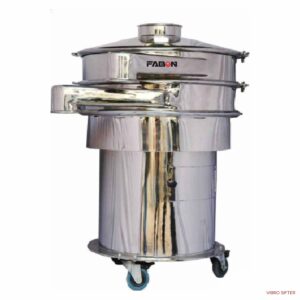
Reviews
There are no reviews yet.